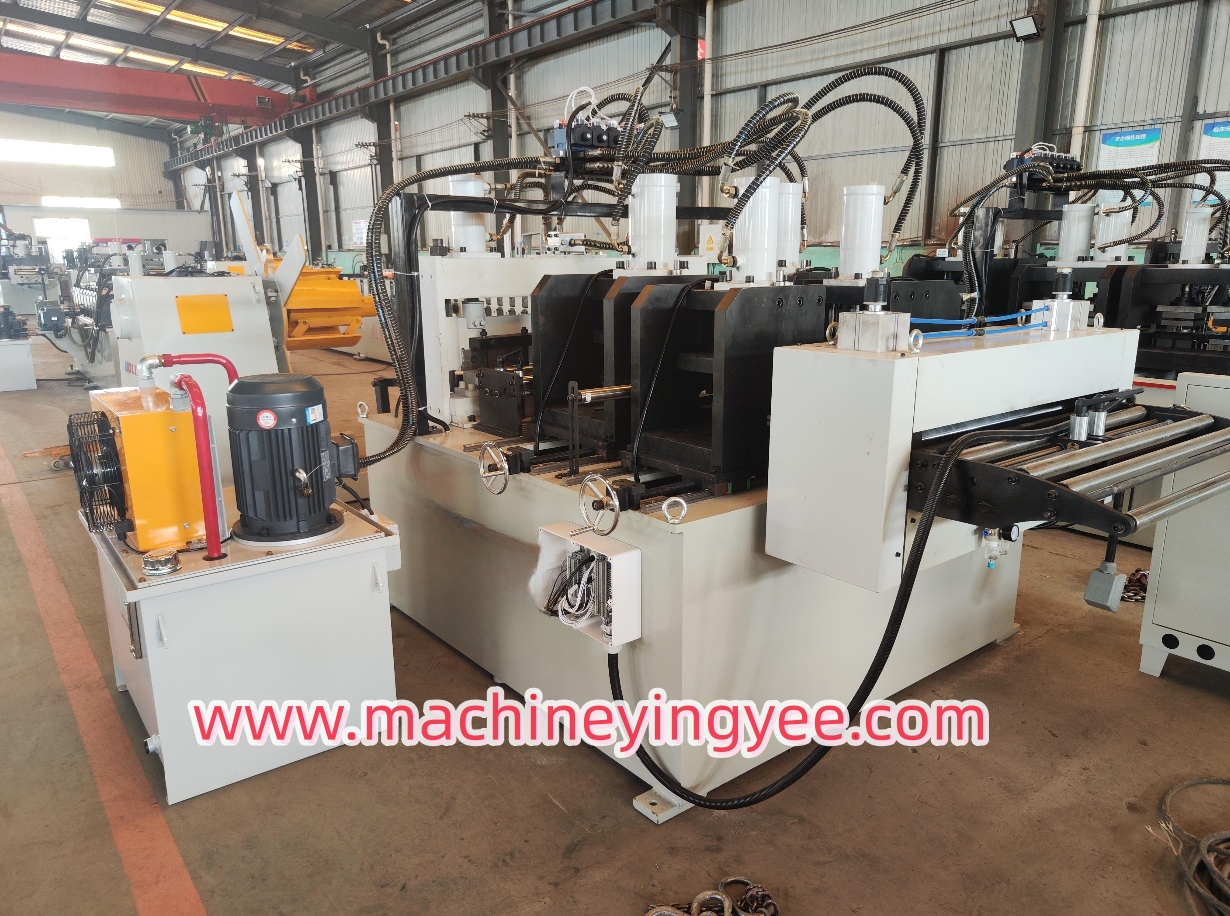
Simple Debugging for Right Channel Roll Forming Machine
Roll forming machines play an essential role in the manufacturing industry, particularly for producing accurate and continuous sections of material. Among the various designs, the right channel roll forming machine has gained popularity due to its efficiency and precision in shaping metal into specific profiles. However, like any machinery, roll forming machines may encounter operational issues that require debugging. Here, we will explore simple debugging techniques that can optimize the performance of a right channel roll forming machine.
1. Understanding the Components To debug a right channel roll forming machine effectively, operators must have a thorough understanding of its components. The main elements include the feeding mechanism, forming rollers, cutting system, and control panel. Each of these parts plays a critical role in the machine's overall function, and any malfunction in one can affect the entire operation.
2. Initial Inspection Start with a visual inspection. Look for any obvious signs of wear or damage, such as bent rollers, loose parts, or misaligned components. Check the alignment of the rollers; any misalignment can lead to inaccurate forming and poor product quality. Ensure that all bolts and screws are tightly secured, as vibrations during operations can loosen them over time.
3. Check the Feeding System The feeding system is crucial for maintaining a consistent material flow. If there are issues with the feed speed or alignment, it can lead to irregular profiles. Ensure that the material is correctly placed in the machine and that the feed rolls are functioning correctly. Adjust the speed of the feeding mechanism as necessary to match the operational requirements.

4. Monitor the Forming Process While the machine is operating, closely observe the formation of the channel. Any irregularities in the shape or dimensions may indicate problems with the roller setup or the material being used. If the profile is not as expected, check the rollers' condition and settings. Re-calibrating the machine or replacing worn-out rollers may be necessary.
5. Evaluate the Cutting System The cutting system must operate efficiently to achieve clean edges on the formed product. If the cuts are uneven or the blades are dull, the final product will not meet quality standards. Inspect the cutting mechanism for damage and ensure that the blades are sharp and correctly aligned. Regular maintenance of this system is vital for optimal machine performance.
6. Control Panel Settings Finally, ensure that the control panel settings are properly configured. Review the operating parameters such as speed, temperature, and pressure settings. Any deviations from the recommended parameters can lead to system inefficiencies. Reset the machine if necessary and consult the manufacturer's guidelines for specific settings.
By following these simple debugging techniques, operators can troubleshoot common issues in a right channel roll forming machine effectively. Regular maintenance and inspections will not only extend the life of the machine but also enhance its performance, ensuring high-quality outcomes in the manufacturing process. Ultimately, a well-maintained roll forming machine contributes significantly to operational efficiency and productivity.